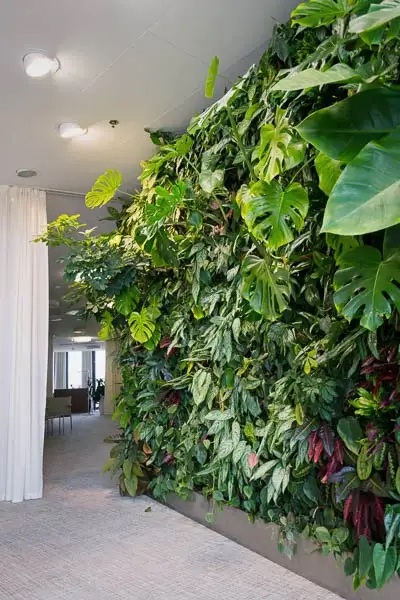I was reading an article the other day about a new special needs school that had just been built. It got me thinking about how much work goes into designing and building these schools. There are so many factors to consider, from the layout of the special needs classroom to the equipment that will be used. It's definitely a complex process, but it's also a very important one. Special needs schools need to be designed in a way that meets the unique needs of their students. Every detail matters, and it's important to get it right.
Special needs refers to any condition that requires extra care or special accommodations. This can include physical, developmental, or mental disabilities so how do you design for such diversity?

Firstly, let’s look for the commonalities. Individuals with special needs often have heightened sensitivity to sound and noise. They can be easily overstimulated and overwhelmed by their environment, which can lead to hyperactive behaviour or withdrawl. As such, acoustics are vital in special needs classrooms to help to reduce noise levels and promote concentration. Here are some tips for designing classrooms to reduce noise and improve acoustics:
- Use materials that absorb sound, such as carpeting, curtains, and acoustical tiles
- Avoid hard surfaces like concrete or tile, which can amplify sound
- Balance hard surfaces with soft furnishings like rugs and cushioned chairs, which will help to absorb sound
- Use acoustically-sealed doors and windows to isolate noise from outside the classroom
When it comes to Special Education Needs (SEN) classrooms, the aesthetics of the room can have a big impact on the student’s performance. After all, the ability to focus on the task and instruction is directly affected by one’s environment, including factors like lighting, colour, and sensory stimulation. One of the best ways to reduce the anxiety that can trigger symptoms is to make the space feel more like home. This can be accomplished by avoiding reflective surfaces and choosing a palette of soft, muted shades in blues, greens, and yellows. Natural materials like wood and wool are also soothing for special needs students. By creating an inviting and comfortable space, special needs schools can help their students focus and thrive.

Biophilia is the human tendency to affiliate with other life forms, and research has shown that exposure to nature can have a positive impact on physical and mental health in special needs schools. One way to introduce nature indoors is to create sensory gardens. These gardens can be designed to meet the specific needs of the students, and they provide a place for them to explore and engage with plant life.
When it comes to Special Needs Schools, the layout is just as important as the furniture and decor. After all, the right layout can help to create a safe and defined space that informs students of the task that is to take place there. One of the most important things to keep in mind is the need to zone space. For example, you might want to create a dedicated area for tactile activities, or a quiet corner for students who need a break from the hustle and bustle of the classroom. Additionally, it's important to use heavy modular furniture that students can't easily move. This will help to prevent accidents and preserve the integrity of your classroom.
Finally, be sure to include plenty of space around furniture and fixtures for students who use walkers or wheelchairs. By taking these factors into account, you can create a special needs classroom that is both functional and inviting.
Creating a welcoming and supportive environment for students with special needs is crucial to their success. By following the tips we’ve shared, you can create an optimal learning space that takes into account their unique needs. If you’re looking for more ideas or would like to discuss your specific project, be sure to check out our special needs catalogue. We have classroom furniture specifically designed for special needs that will help make your students feel at home in their learning space.
Special Needs Environment Guide
Simply enter your details to get your copy of the Special Needs Catalogue.


/Buzz%20Chair/BUZ004-SFX.jpg)